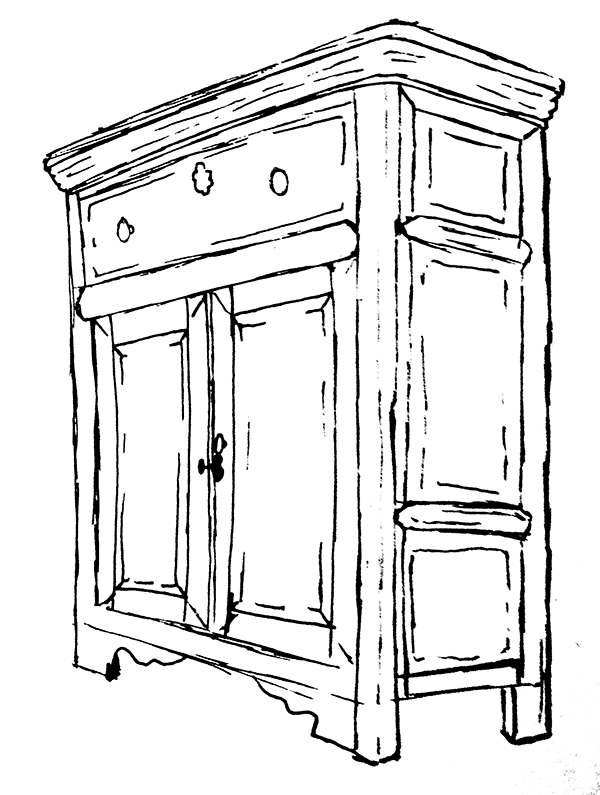The history of tables
Tables play an integral role in our everyday lives, whether we realize it or not. They provide a place to entertain guests, enjoy a meal or simply to store items up off of the floor. Whether you fancy decorative antique tables, like the popular console tables of the 1600s, or functional pieces you would place in the dining room or kitchen, tables often serve as the focal point in a room. Tables have quite a long and interesting history that dates all the way to ancient times.
Ancient Times
Some of the earliest known tables were created by the Egyptians. These primitive tables were nothing like the antique tables you find in markets today, but rather more like stone platforms that were designed to simply keep objects off of the floor. The Chinese also created early tables that were designed for painting and writing. Early Greeks and Romans also made use of tables, primarily for eating. Greek tables were unique in that they were designed to be pushed under a bed after being used. The Greeks were also responsible for inventing a type of table that was very similar to the Guéridon. During this time, tables were made of wood, metal or marble. Some pieces had beautifully ornate legs. Large rectangular turned leg tables would later be introduced. The early Romans also created a large semicircular table known as the mensa lunata.
The Middle Ages
Some of the first large dining room tables appeared during the Middle Ages in Europe. Britons of upper class and European nobles who lived in large manor homes and castles would dine in the great hall at gigantic tables. The family would sit at the head of the table on raised platforms, while the rest of the home’s population would be seated in diminishing rank away from the family. Tables in the great halls of castles and manor homes were typically long trestle tables with simple benches.
The 14th Century
Dining tables would get smaller during the 14th century after the Black Death wreaked havoc Europe. With so much political turmoil, nobles knew the risk of speaking in front of large groups of people. Thus, they began enjoying their meals in the parlour, which would eventually function as a dining room. Tables became smaller to accommodate fewer guests.
The 17th Century
Refectory tables appeared during the 17th century and were an improvement on the trestle table. These tables were long and wide, and could accommodate a large banquet in the reception room or great hall of a manor home or castle.
The Victorian Era
Center tables were wildly popular during the Victorian and Gregorian Eras. These tables were, as you may have guessed, placed in the center of the room. They were typically round and mounted on a single pedestal with a footed base. Guests would gather around these ornately-carved tables to play an exciting game of cards.
18th Century
During the 18th century, hutch tables served as both a table and a desk/cabinet. These tables often contained compartments hidden beneath the table’s surface and between the trestles. Library tables had large stretchers between the table’s legs that served as storage for books to keep them up off the floor. Tables have come a long way throughout history, but many of today’s modern designs are a reflection of the antique tables we have come to know and love.


















